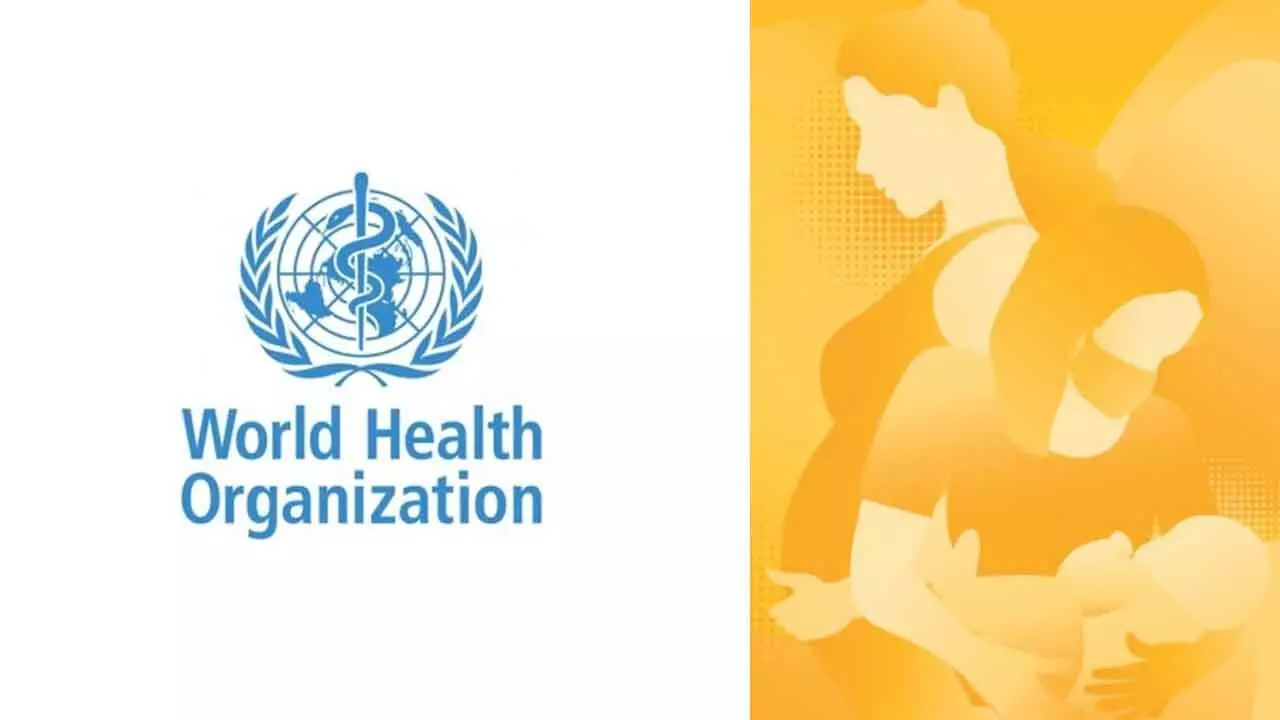WHO issues guidelines to tackle deaths from excessive bleeding after childbirth
Eventhough not fatal, it can lead to lifelong physical and mental health impacts, from major organ damage to hysterectomies, anxiety, and trauma
WHO issues guidelines to tackle deaths from excessive bleeding after childbirth

New Delhi: The World Health Organization (WHO) has issued new guidelines to prevent, diagnose, and treat postpartum haemorrhage (PPH), which causes excessive bleeding after childbirth, to millions of women across the globe.
The maternal health guidelines, co-published with the International Federation of Gynecology and Obstetrics (FIGO) and the International Confederation of Midwives, highlight the urgent need for earlier detection and faster intervention to prevent death among new mothers.
PPH is one of the leading causes of maternal mortality globally, causing nearly 45,000 deaths due to excessive bleeding after childbirth.
Even when not fatal, it can lead to lifelong physical and mental health impacts, from major organ damage to hysterectomies, anxiety, and trauma.
“Postpartum haemorrhage is the most dangerous childbirth complication since it can escalate with such alarming speed. While it is not always predictable, deaths are preventable with the right care,” said Dr Jeremy Farrar, Assistant Director-General for Health Promotion and Disease Prevention and Care.
“These guidelines are designed to maximise impact where the burden is highest and resources are most limited -- helping ensure more women survive childbirth and can return home safely to their families,” Farrar added.
The guidelines, launched at the 2025 FIGO World Congress in Cape Town, South Africa, also introduced new objective diagnostic criteria for detecting PPH.
While PPH has typically been diagnosed as a blood loss of 500 mL or more, the guidelines advise clinicians to act when the blood loss reaches 300 mL, and in case of any abnormal vital signs.
To diagnose PPH early, doctors and midwives are advised to monitor women closely after birth and use calibrated drapes -- simple devices that collect and accurately quantify lost blood -- so that they can act immediately when criteria are met.

